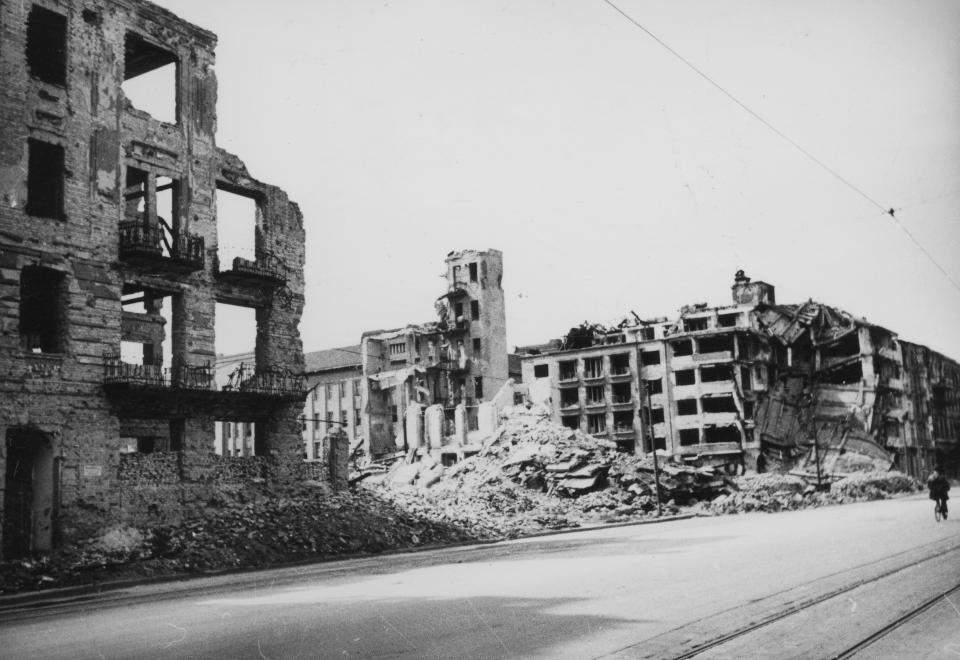Rising from the debris: this is how Budapest was revived after WWII

Pestbuda.hu reports that Budapest suffered a lot in the Second World War and today, only a small memorial plaque on the wall of the City Hall reminds people of what really happened after that. It was set up exactly seven decades ago, and it is the memorial of human effort and dedication. In fact, this plaque commemorates the revival of Budapest, more precisely the reconstruction starting after the end of WWII and the collaboration of many dedicated Hungarians. Join us and see some incredible photos that preserve the memory of this time.
Have you seen pictures of Budapest taken after the end of World War II? If you have not, you might be interested in to see how Budapest looked like after the destruction. Generally speaking, Budapest was devastated. Photos reflect the terrible states, the collapsed buildings including our famous bridges that fell into the Duna.


Statistics also show further dramatic results. By flipping through the report written in December 1946, the data found are very shocking.
“1st district. Out of the 782 homes, only 4-5 rested untouched. 16.8% of the buildings were totally destroyed, 62.4 % were severely damaged and 20.3% of them were only slightly damaged.”


However, not only homes were affected by the World War. In the same district, the war killed half of the people living there at that time.
“According to the 1941 census, 23,180 inhabitants lived in the district while the one counting Hungarians in March 1945 only found 12,865. Therefore, the population decline was around 44.5%.”
Even if statistical data are not so harsh in other districts, they were also very much affected by the war. Budapest was undoubtedly the victim of the destruction. After the end of the siege, first of all, the corpses and animals were collected from the streets. As time passed by, life restarted in Budapest. People tried to reconstruct public utilities, replace the exploded bridges with temporary crossings and organise the transportation and the public services.


Homes were repaired to put a roof over the head of families. Of course, this was a long process that demanded much effort from the locals. The small memorial plaque on the wall of the City Hall reminds people of their incredible achievement. It says:
“By the spring of 1948, under the guidance and direction of the Minister of Labour and Public Works, the inhabitants of the capital finished the restoration of the damaged roofs of 26,000 houses.”

The memorial plaque is the work of Margit Kovács where the figure of Budapest is in a roof tile background and where the Duna river flows like rainwater dripping from the roof. To repair the roof tiles of 26,000 buildings many building and construction materials were needed. Although during the war, a lot of brickworks were also severely damaged, some of them already operated in May 1945 with financial assistance provided by the government.
Locals whose home was damaged turned to loans to restore their buildings, but of course, reconstruction took much time. Meanwhile, people had to live somewhere, and many of them stayed in their ruined buildings. According to the 1947 statistics, out of the 1335 destroyed buildings, 878 were inhabited. It lasted for decades until all the damaged buildings were repaired and the truth is that even today, some houses still show the marks of bullet holes.
As far as the building of the City Hall is concerned, it is in need of restoration since the plaster is falling around the plaque. More attention and respect should be paid to this building which preserves the memories of the heroic reconstruction works of previous generations.
Featured image: FORTEPAN
Source: pestbuda.hu

